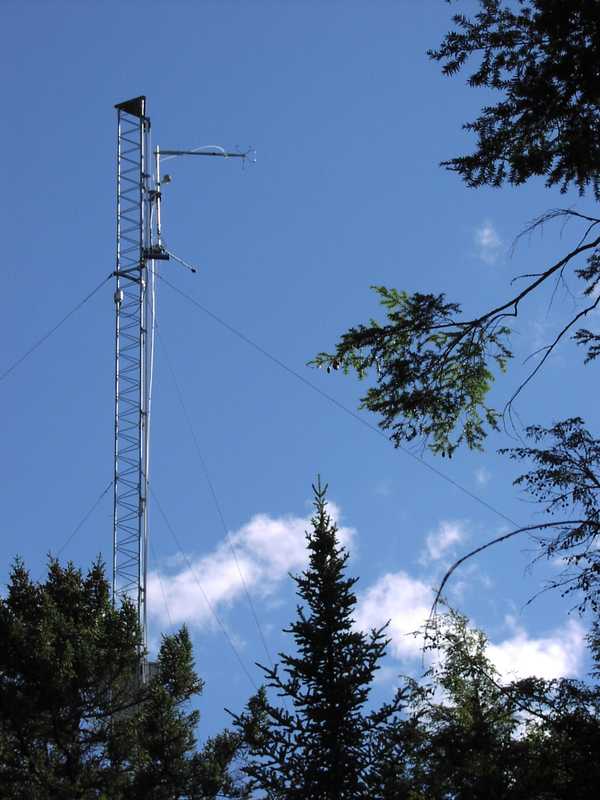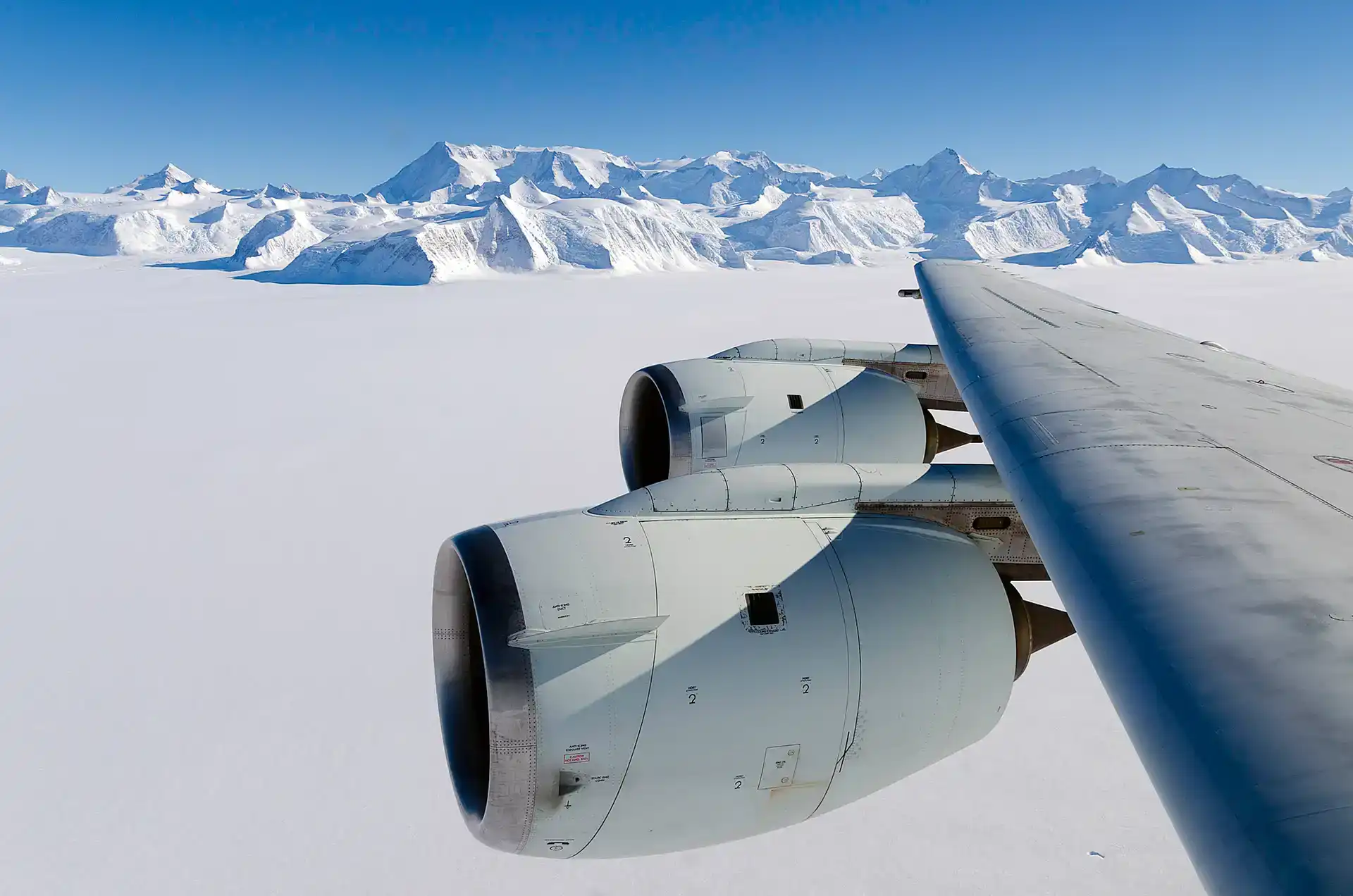
Overview
Permanent land sites are set locations containing one or more instruments. These instruments are always kept at this site and continue to collect measurements even after the field campaign is complete. Examples of permanent land sites include permanent towers (such as FLUXNET or ASOS/AWOS), NEXRAD radar sites, AERONET network sites, and airport observation stations.
Online information
Related Campaigns & Instruments
Review the instruments operated on this platform for each of these field campaigns
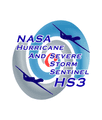
Hurricane and Severe Storm Sentinel
| 2013-08-20 | 2013-09-26 |
| 2012-08-28 | 2012-11-06 |
| 2014-08-26 | 2014-10-20 |
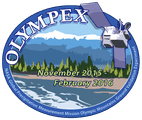
Olympic Mountains Experiment
| 2015-11-01 | 2016-05-01 |
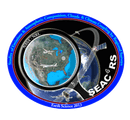
Studies of Emissions and Atmospheric Composition, Clouds and Climate Coupling by Regional Surveys
| 2013-08-01 | 2013-09-23 |
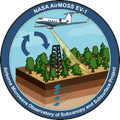
Airborne Microwave Observatory of Subcanopy and Subsurface
| 2013-08-18 | 2013-08-27 |
| 2013-04-11 | 2013-04-19 |
| 2013-05-28 | 2013-06-07 |
| 2013-07-06 | 2013-07-14 |
| 2015-08-19 | 2015-08-27 |
| 2014-04-14 | 2014-04-25 |
| 2014-06-26 | 2014-07-07 |
| 2015-02-17 | 2015-02-25 |
| 2015-06-29 | 2015-07-06 |
| 2013-06-10 | 2013-06-21 |
| 2013-07-26 | 2013-08-03 |
| 2013-02-19 | 2013-02-25 |
| 2015-09-02 | 2015-09-10 |
| 2015-09-22 | 2015-09-29 |
| 2014-03-24 | 2014-04-02 |
| 2014-07-08 | 2014-07-19 |
| 2015-05-20 | 2015-05-24 |
| 2014-10-14 | 2014-10-24 |
| 2012-09-18 | 2012-09-20 |
| 2012-10-02 | 2012-10-11 |
| 2012-10-12 | 2012-10-22 |
| 2013-04-20 | 2013-05-01 |
| 2015-08-07 | 2015-08-18 |
| 2014-06-06 | 2014-06-19 |
| 2014-08-18 | 2014-08-27 |
| 2015-04-03 | 2015-04-14 |
| 2015-04-15 | 2015-04-24 |
| 2013-07-15 | 2013-07-25 |
| 2013-11-19 | 2013-11-25 |
| 2014-09-28 | 2014-10-08 |
| 2012-10-23 | 2012-10-30 |
| 2013-02-05 | 2013-02-12 |
| 2013-09-27 | 2013-09-30 |
| 2013-10-24 | 2013-10-28 |
| 2014-09-22 | 2014-09-27 |
| 2014-08-08 | 2014-08-15 |
| 2014-05-27 | 2014-06-04 |
| 2014-02-13 | 2014-02-24 |
| 2015-05-26 | 2015-05-31 |
| 2015-02-10 | 2015-02-13 |

Tropical Rainfall Measuring Mission-Large Scale Biosphere-Atmosphere
| 1999-01-07 | 1999-02-28 |
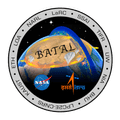
Balloon Measurements of the Asian Tropopause Aerosol Layer
| 2014-08-18 | 2014-08-25 |
| 2015-07-17 | 2015-08-24 |
| 2017-07-31 | 2017-08-30 |
| 2016-07-01 | 2016-08-31 |
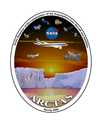
Arctic Research of the Composition of the Troposphere from Aircraft and Satellites
| 2008-06-26 | 2008-07-14 |
| 2008-03-31 | 2008-04-21 |
| 2008-06-18 | 2008-06-24 |
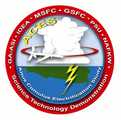
Altus Cumulus Electrification Study
| 2002-08-02 | 2002-08-30 |

Korean United States - Air Quality
| 2016-04-18 | 2016-06-19 |
High Ice Water Content Radar Study
| 2015-08-10 | 2015-08-30 |
| 2018-07-30 | 2018-08-21 |
| 2022-07-05 | 2022-08-01 |
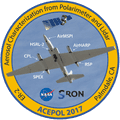
Aerosol Characterization from Polarimeter and Lidar
| 2017-10-19 | 2017-11-09 |
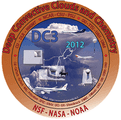
Deep Convective Clouds & Chemistry
| 2012-05-18 | 2012-06-30 |
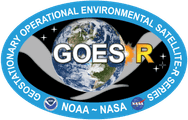
GOES-R Post Launch Test
| 2017-03-21 | 2017-05-17 |
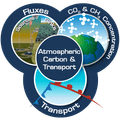
Atmospheric Carbon and Transport – America
| 2017-01-31 | 2017-03-10 |
| 2017-10-03 | 2017-11-13 |
| 2019-06-17 | 2019-07-27 |
| 2016-07-18 | 2016-08-29 |
| 2018-04-12 | 2018-05-20 |
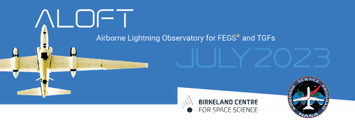
Airborne Lightning Observatory for FEGS and TGFs
| 2023-07-01 | 2023-07-30 |

Cloud and Land Surface Interaction Campaign 2007
| 2007-06-11 | 2007-07-06 |
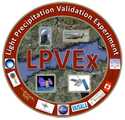
Light Precipitation Evaluation Experiment
| 2010-09-15 | 2010-12-31 |

Arctic-Boreal Vulnerability Experiment
| 2018-07-02 | 2018-09-01 |
| 2022-07-05 | 2022-08-26 |
| 2017-04-27 | 2017-11-04 |
| 2019-06-30 | 2019-09-17 |
| 2023-07-05 | 2023-08-21 |
| 2024-08-12 | 2024-08-26 |
Superior National Forest Project
| 1983-05-05 | 1983-10-27 |
| 1984-05-10 | 1984-09-23 |
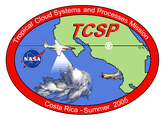
Tropical Cloud Systems and Processes
| 2005-07-01 | 2005-07-27 |
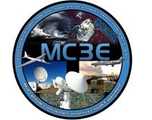
Mid-latitude Continental Convective Clouds Experiment
| 2011-04-22 | 2011-06-06 |
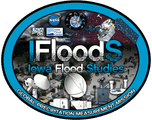
Iowa Flood Studies
| 2013-04-10 | 2013-06-15 |

Deriving Information on Surface Conditions from COlumn and VERtically Resolved Observations Relevant to Air Quality
| 2011-06-27 | 2011-07-31 |
| 2013-09-01 | 2013-10-01 |
| 2013-01-14 | 2013-02-11 |
| 2014-07-16 | 2014-08-16 |

Deriving Information on Surface Conditions from COlumn and VERtically Resolved Observations Relevant to Air Quality
| 2011-06-27 | 2011-07-31 |
| 2013-09-01 | 2013-10-01 |
| 2013-01-14 | 2013-02-11 |
| 2014-07-16 | 2014-08-16 |

Deriving Information on Surface Conditions from COlumn and VERtically Resolved Observations Relevant to Air Quality
| 2011-06-27 | 2011-07-31 |
| 2013-09-01 | 2013-10-01 |
| 2013-01-14 | 2013-02-11 |
| 2014-07-16 | 2014-08-16 |

Ozone Water-Land Environmental Transition Study
| 2017-07-05 | 2017-08-24 |
| 2018-05-08 | 2018-07-19 |
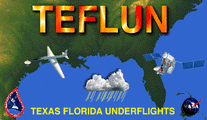
TExas and FLorida UNderflights
| 1998-04-01 | 1998-05-15 |
| 1998-08-01 | 1998-09-30 |
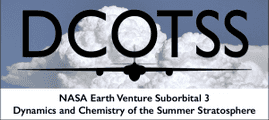
Dynamics and Chemistry of the Summer Stratosphere
| 2021-07-06 | 2021-08-23 |
| 2021-05-03 | 2021-06-17 |
| 2022-05-26 | 2022-07-12 |
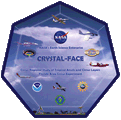
Cirrus Regional Study of Tropical Anvils and Cirrus Layers Florida Area Cirrus Experiment
| 2002-07-03 | 2002-07-29 |

Wisconsin Snow and Cloud Terra 2000 Experiment
| 2000-02-24 | 2000-03-13 |
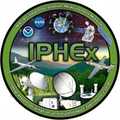
Integrated Precipitation and Hydrology Experiment
| 2014-05-01 | 2014-06-15 |
High Ice Water Content Radar Study
| 2015-08-10 | 2015-08-30 |
| 2018-07-30 | 2018-08-21 |
| 2022-07-05 | 2022-08-01 |
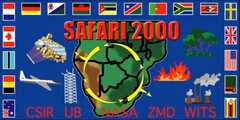
Southern African Regional Science Initiative
| 2000-02-01 | 2000-03-31 |
| 2001-03-01 | 2001-03-31 |
| 1999-08-01 | 1999-09-30 |
| 2000-08-01 | 2000-09-30 |

Southern African Regional Science Initiative
| 2000-02-01 | 2000-03-31 |
| 2001-03-01 | 2001-03-31 |
| 1999-08-01 | 1999-09-30 |
| 2000-08-01 | 2000-09-30 |
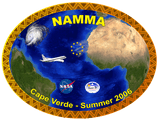
NASA African Monsoon Multidisciplinary Analyses
| 2006-08-15 | 2006-09-15 |
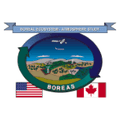
Boreal Ecosystem-Atmosphere Study
| 1994-02-02 | 1994-09-19 |
| 1996-02-27 | 1996-10-21 |
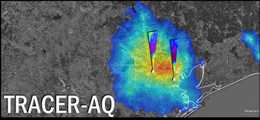
TRacking Aerosol Convection ExpeRiment – Air Quality
| 2021-09-01 | 2021-09-27 |
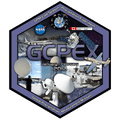
GPM Cold Season Precipitation Experiment
| 2012-01-15 | 2012-03-04 |
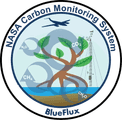
BlueFlux
| 2023-02-05 | 2023-02-13 |
| 2023-03-10 | 2023-04-19 |
| 2022-03-19 | 2022-04-26 |
| 2022-10-14 | 2022-10-21 |
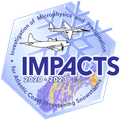
Investigation of Microphysics and Precipitation for Atlantic Coast-Threatening Snowstorms
| 2020-01-17 | 2020-03-01 |
| 2022-01-08 | 2022-02-28 |
| 2023-01-13 | 2023-03-02 |

WINter Cloud Experiment
| 1997-01-23 | 1997-02-13 |

BigFoot Project
| 2001-08-01 | 2001-08-31 |
| 1999-05-01 | 1999-09-30 |
| 2000-06-01 | 2000-06-30 |
| 2000-07-01 | 2000-08-31 |
| 2001-06-01 | 2001-06-30 |
| 2001-07-01 | 2001-07-31 |
| 2001-09-01 | 2001-10-31 |
| 2002-07-01 | 2002-07-31 |
| 2002-08-01 | 2002-08-31 |
| 2002-09-01 | 2002-09-30 |
| 2002-11-01 | 2002-11-30 |
| 2003-06-01 | 2003-06-30 |
| 2003-07-01 | 2003-07-31 |
| 2003-09-01 | 2003-09-30 |
| 2003-11-01 | 2003-11-30 |
| 2004-02-01 | 2004-02-29 |
Middle Latitude Cirrus Experiment
| 2004-04-14 | 2004-05-15 |
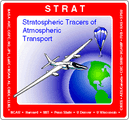
Stratospheric Tracers of Atmospheric Transport
| 1995-04-25 | 1995-05-21 |
| 1995-10-16 | 1995-11-10 |
| 1996-01-25 | 1996-02-16 |
| 1996-07-10 | 1996-08-11 |
| 1996-09-13 | 1996-09-25 |
| 1996-12-01 | 1996-12-20 |

Stratospheric Tracers of Atmospheric Transport
| 1995-04-25 | 1995-05-21 |
| 1995-10-16 | 1995-11-10 |
| 1996-01-25 | 1996-02-16 |
| 1996-07-10 | 1996-08-11 |
| 1996-09-13 | 1996-09-25 |
| 1996-12-01 | 1996-12-20 |
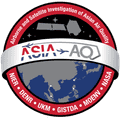
Airborne and Satellite Investigation of Asian Air Quality
| 2024-01-29 | 2024-04-01 |
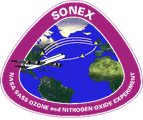
Subsonic Assessment (SASS) Ozone and Nitrogen Oxide Experiment
| 1997-10-07 | 1997-11-12 |
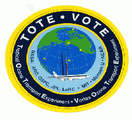
Tropical Ozone Transport Experiment – Vortex Ozone Transport Experiment
| 1995-12-03 | 1996-02-20 |
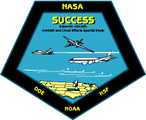
SUbsonic aircraft: Contrail & Clouds Effects Special Study
| 1996-04-02 | 1996-05-15 |
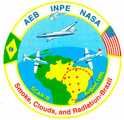
Smoke/Sulfates, Clouds, and Radiation
| 1993-07-12 | 1993-07-29 |
| 1994-09-19 | 1994-10-07 |
| 1995-08-13 | 1995-09-20 |
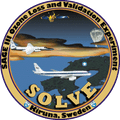
SAGE III Ozone Loss and Validation Experiment
| 1999-11-14 | 2000-03-20 |
| 2002-12-03 | 2003-02-06 |
Soil Moisture Experiment
| 2005-06-10 | 2005-07-08 |
| 2004-07-20 | 2004-08-26 |
| 2002-06-15 | 2002-07-23 |
| 2003-06-16 | 2003-07-21 |
Soil Moisture Experiment
| 2005-06-10 | 2005-07-08 |
| 2004-07-20 | 2004-08-26 |
| 2002-06-15 | 2002-07-23 |
| 2003-06-16 | 2003-07-21 |

Synergistic TEMPO Air Quality Science
| 2023-06-24 | 2023-08-28 |
Joint Airborne IASI Validation Experiment
| 2007-04-16 | 2007-05-04 |
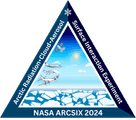
Arctic Radiation-Cloud-Aerosol-Surface Interaction EXperiment
| 2024-05-17 | 2024-06-17 |
| 2024-07-22 | 2024-08-16 |

Plankton, Aerosol, Cloud, ocean Ecosystem Postlaunch Airborne eXperiment
| 2024-08-28 | 2024-09-30 |
Lake Michigan Ozone Study
| 2017-05-22 | 2017-06-22 |
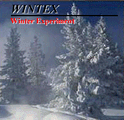
WINter EXperiment
| 1999-03-15 | 1999-04-04 |

SAGE III Ozone Loss and Validation Experiment
| 1999-11-14 | 2000-03-20 |
| 2002-12-03 | 2003-02-06 |
Convection and Precipitation/Electrification Experiment
| 1991-07-08 | 1991-08-18 |
Megacity Initiative: Local and Global Research Observations
| 2006-03-01 | 2006-03-30 |
Atlantic Tradewind Ocean-Atmosphere Mesoscale Interaction Campaign
| 2020-01-07 | 2020-02-13 |
Great Plains Irrigation Experiment
| 2018-05-29 | 2018-07-30 |
Wakasa Bay Experiment
| 2003-01-14 | 2003-02-03 |
Canadian Experiment for Soil Moisture
| 2010-07-13 | 2010-07-20 |
| 2010-06-01 | 2010-06-16 |
California Research at the Nexus of Air Quality and Climate Change
| 2010-05-01 | 2010-07-22 |
Filter data products from this platform by specific campaigns, instruments, or formats.
